The Herring is a common fish that people have caught and used for many years. Researchers recognize many different species, typically in the Clupeidae family.
However, when people discuss this fish, they most often refer to the Atlantic species. In fact, the Atlantic species makes up vast majority of Herrings captured in commercial fishing operations. For this reason, in this article we will focus on the Atlantic species Clupea harengus. Read on to learn about the Herring.
Description of the Herring
Picture a standard fish. You likely imagined a silvery creature with some tinges of blue here or there, and a forked tail, right? Congratulations, you just pictured a Herring! This fish has a torpedo-shaped body with a dark grayish-blue upper-side, and silver over the rest of its body. Most measure about 17 in. long, and weigh about 1 lb. or so.
Interesting Facts About the Herring
This fish is an important food species for a wide variety of other creatures. Learn what else makes this species so interesting, below.
- Incredible Schools – This species lives in large groups known as “schools.” A single school can contain more than a billion individuals! However, most schools number in the thousands or hundreds of thousands at the most.
- Surprisingly Sensitive – Despite the immense numbers that you can find this species in, they are actually quite fragile and sensitive. Though their populations remain high, in regions with greater pollution these fish noticeably disappear.
- Fecund – Thankfully, it is relatively easy for members of this species to maintain their populations. A single female can produce 200,000 eggs per spawning season. Unlike some fish, like salmon, the animals continue to survive and reproduce for several years after spawning.
- Farting Fish – Ok, so they don’t really “fart.” However, this species does expel air from its anal duct to create noise. Researchers aren’t quite sure why they produce these sounds, it is not related to digestion, but the number of other individuals in the school.
Habitat of the Herring
These fish live primarily in pelagic or coastal waters. In pelagic habitats, they swim through the open ocean in large schools. Scientists estimate that in pelagic habitats they swim as far as 300 ft. beneath the surface. They also range into coastal seas, or areas close to the coast of the land. Most breeding occurs in coastal regions.
Distribution of the Herring
Though you can find various species worldwide, the Atlantic species lives primarily in the Atlantic Ocean. It lives from the coastal regions of northern Europe, across to Greenland, and down the coast of North America. Their range also extends into the frigid waters on the edges of the Arctic.
Diet of the Herring
This species is a carnivore, which means that it eats other animals. More specifically, it is a planktivore, which means that it feeds on tiny microorganisms. Some common prey items include fish eggs, fish larvae, copepods, krill, shrimp, snail larvae, and other tiny creatures.
Herring and Human Interaction
Humans have hunted this species, both recreationally and commercially, for hundreds of years. Some people eat these fish, while others use them as bait, and many use them as food for other animals, including those in zoos and aquariums.
They have large populations and swift reproductive rates. Currently, their stocks are increasing in number, and the IUCN lists them as Least Concern. However, it is important to remember that this fish species is quite sensitive to pollution. Additionally, in the past overfishing has caused the populations to plummet.
Domestication
Humans have not domesticated this fish in any way.
Does the Herring Make a Good Pet
No, these creatures do not make good pets. Because they live in large schools and have very sensitive health requirements, it is difficult to keep them in aquariums.
Herring Care
Few aquariums house these fish. They are very fragile and sensitive to any chemical change in the water, which makes it difficult to keep them alive.
These fish also swim long distances and live in large schools, so you must keep them in large aquariums with a flowing current to keep them swimming without hitting the edges of the tank.
Behavior of the Herring
There is no singular “Herring,” only the school. In this species, a lone fish doesn’t last very long. These creatures find safety in numbers. Primarily because when you are surrounded by a million other fish, the likelihood that something will eat you is lowered quite a bit.
These schools migrate from the open ocean into coastal waters to reproduce.
Reproduction of the Herring
Breeding occurs via spawning. This is the process where large groups release their eggs and sperm at the same time, and fertilization occurs outside of the body. Large females produce as many as 200,000 eggs, though 30,000 or 40,000 is more common.
After fertilization, the eggs float about in the water column for anywhere from 10 to 40 days. From hatching, it takes between 3 and 6 years for the fish to reach sexual maturity and reproduce.

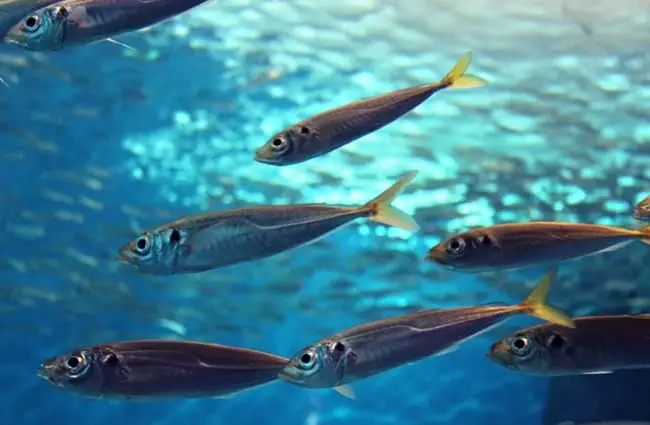
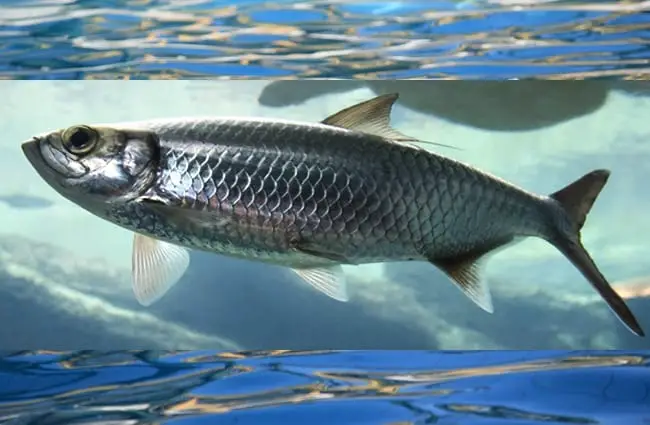
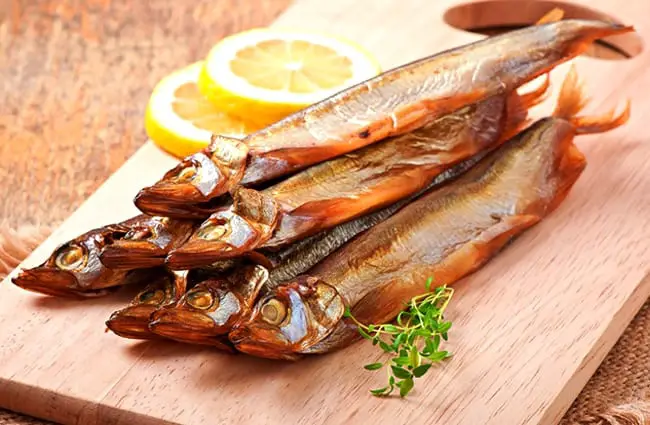

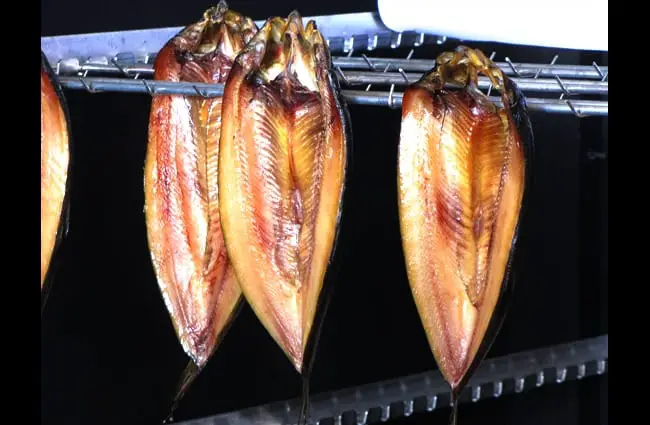
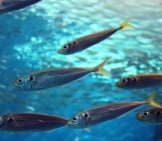
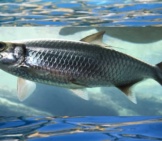
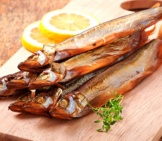
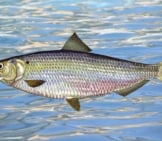
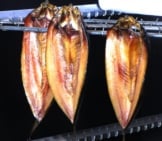
![Red Angus Closeup of a beautiful Red Angus cowPhoto by: U.S. Department of Agriculture [pubic domain]https://creativecommons.org/licenses/by/2.0/](https://animals.net/wp-content/uploads/2020/03/Red-Angus-4-238x178.jpg)












![Red Angus Closeup of a beautiful Red Angus cowPhoto by: U.S. Department of Agriculture [pubic domain]https://creativecommons.org/licenses/by/2.0/](https://animals.net/wp-content/uploads/2020/03/Red-Angus-4-100x75.jpg)

